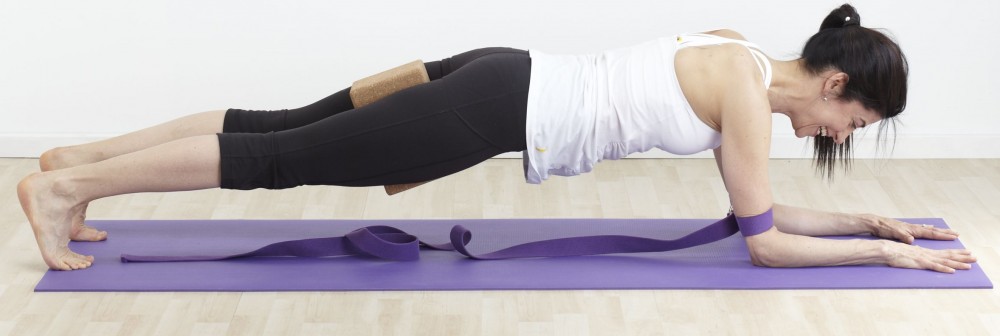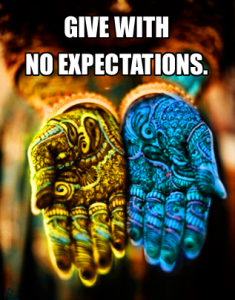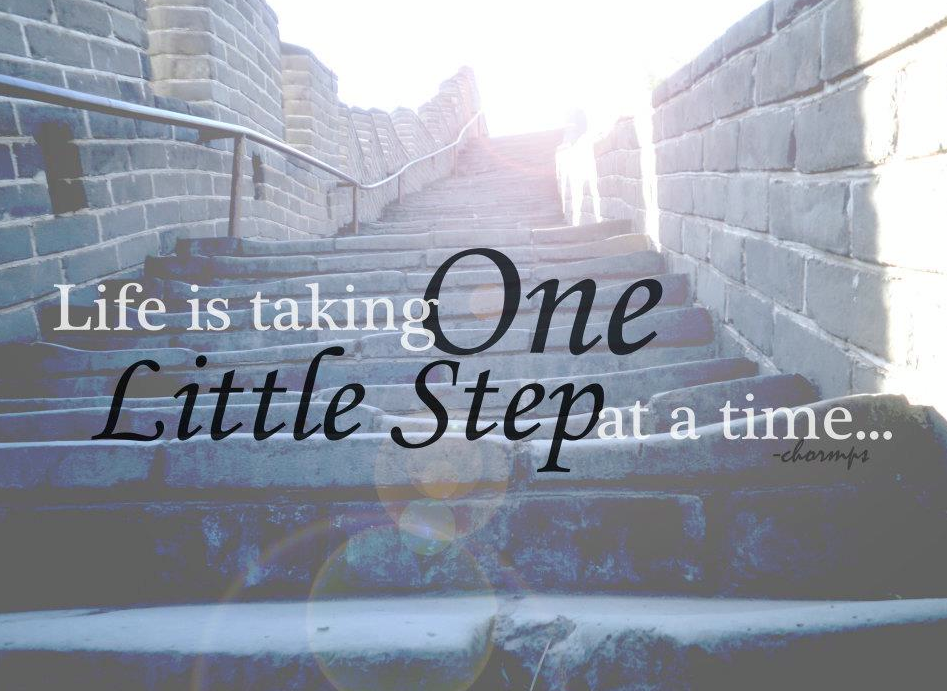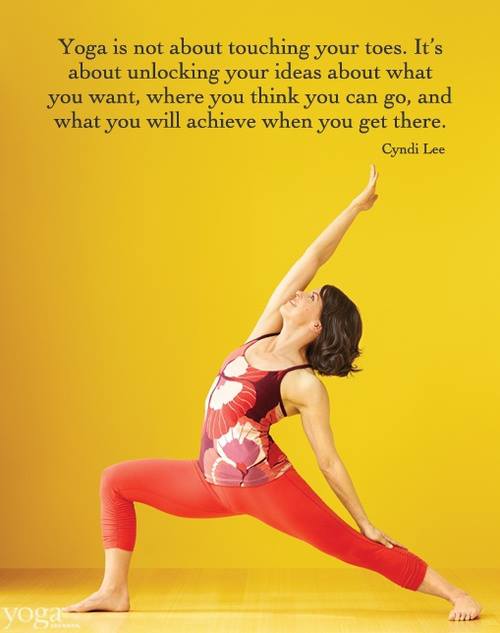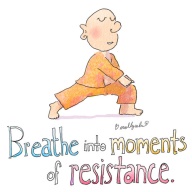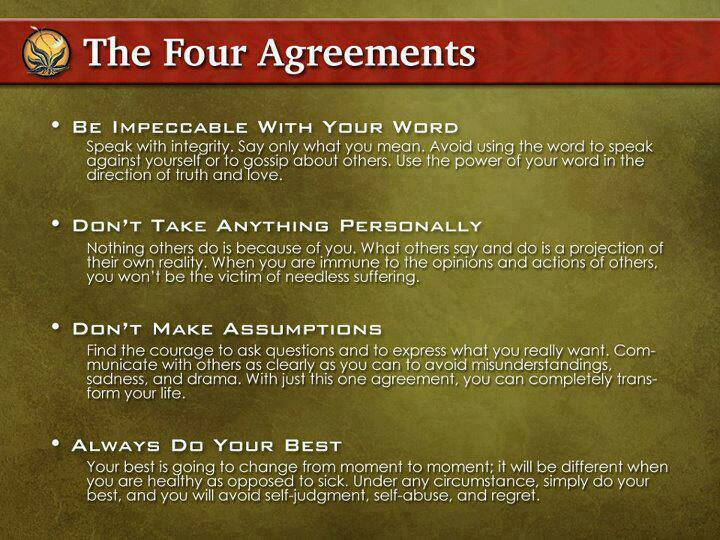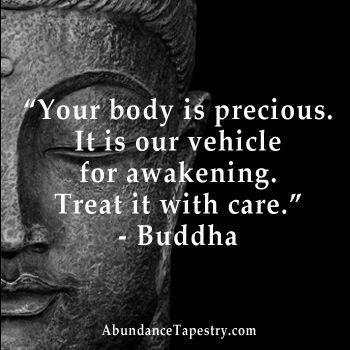what is on your book list ? Check out my top yoga reads
Tag Archives: yoga wisdom
truth
giving and receiving
steps
evolving practice
do you feel that your yoga practice is organic ?
Peaceful Warrior
My latest post on MindBodyGreen
For many of us, the end of summer can mean an end of a relaxed pace of life. Whether we are going back to work or back to school or simply returning to busier routines, there can be an underlying sense of worry due to these new pressures.
Unfortunately, worry is often accompanied by anxiety, fear, and stress. These emotions trigger out flight-or-flight response, so that we sleep less, take shallow breaths, digest poorly, and react from an overall cranky place.
Ease or disease; we’re equipped to handle both. The one we give more attention to will get stronger, like a muscle…
I am not going to tell you that there is a magic wand to make worry go away, but you can adopt strategies to bring your mind under control, which is what the entire system of yoga is about. This should not be underestimated since the mind is responsible for conjuring the worry up in the first place.
Here are 7 ways you can cultivate yoga mind and become a peaceful warrior instead of a nervous worrier:
1. Try putting first things first rather than attacking everything at once.
2. Practice patience and LETTING GO and LETTING GOD with one thing.
3. Try to balance out the go go go with a bit of go with the flow. A restorative yoga pose is a great beginning.
4. Visualize your worries as hecklers at the comedy show, and try to use their lines to improve your material 🙂
5. Practice yoga not to escape, but to help illuminate the way.
6. Meet yourself where you are on your mat by adding a yoga prop so there is a sense of honoring yourself.
7. We neutralize stress as it comes up…this does not mean sweeping things under the rug, perhaps by learning to use the breath as a tool for managing the emotions.
Why not take a moment now to bring your palms together in front of the heart, into Atmanjali Mudra (gesture of prayer)? Affirm that you are grateful for this moment and connect with your heartbeat and the rhythm of your relaxed breathing.
Feel it as a moment of peace, harmony, balance, repose, and the heart’s desire. As a result, you may feel more clear and rested so you may want to do it more often…
Let me know how it goes.
the four agreements
Yoga – levels?
July 11, 2013 4:00 AM EDT

The receptionist asked me what was up, and when I told her I felt uncomfortable, she said; “Well, it is an advanced class.”
For a moment, her comment made me feel badly about my practice, like I wasn’t bendy enough. I always approach the mat with a beginner’s mind, but as a teacher, it’s hard to put aside a sense of responsibility for staying safe, in tune with breath and sensation, while accepting the challenge to grow.
Two decades ago, I was sitting with my teacher and announced that I wanted to advance in yoga. He just smiled and talked about how the goal of yoga was a calm mind, and a wholehearted approach to life.
So here are the 3 things I reminded myself about getting better in yoga:
1. Yoga isn’t about chasing a level, it’s about being present where you are.
For me, in this case, listening to my body showed me I had learned to honor myself rather than disrespect my limitations, which can fluctuate.
2. It is more personal than physical.
Not all poses are suitable for everyone, or at least, should be modified so their needs are met. For some people “Level 4” challenges are not realistic; they are still learning and have nothing to feel bad or guilty about if that doesn’t change. Challenge is relative and that is the only constant truth about that.
3. In yoga, every stage is a stepping stone.
You know where you are, where you have been, and where you are headed, and every stage is a stepping stone, even in asana, it is all organic.
Yes, students: be realistic and listen to studio guidelines!
Studios: give extremely accurate descriptions of your classes so students know exactly what they are getting. Ultimately though, do not let anyone define yoga as if it was an audition for the Cirque Du Soleil. Advancement is internal, ultimately, and happens to us in a unique and individual way.
Photo Credit: Shutterstock.com
respond less
body as a temple
A balanced yoga practice keeps the body fit and prepares the mind for meditation
“The body is the temple of the soul. It can truly become so if it is kept healthy, clean, and pure through the practice of Asana” ~ BKS Iyengar
